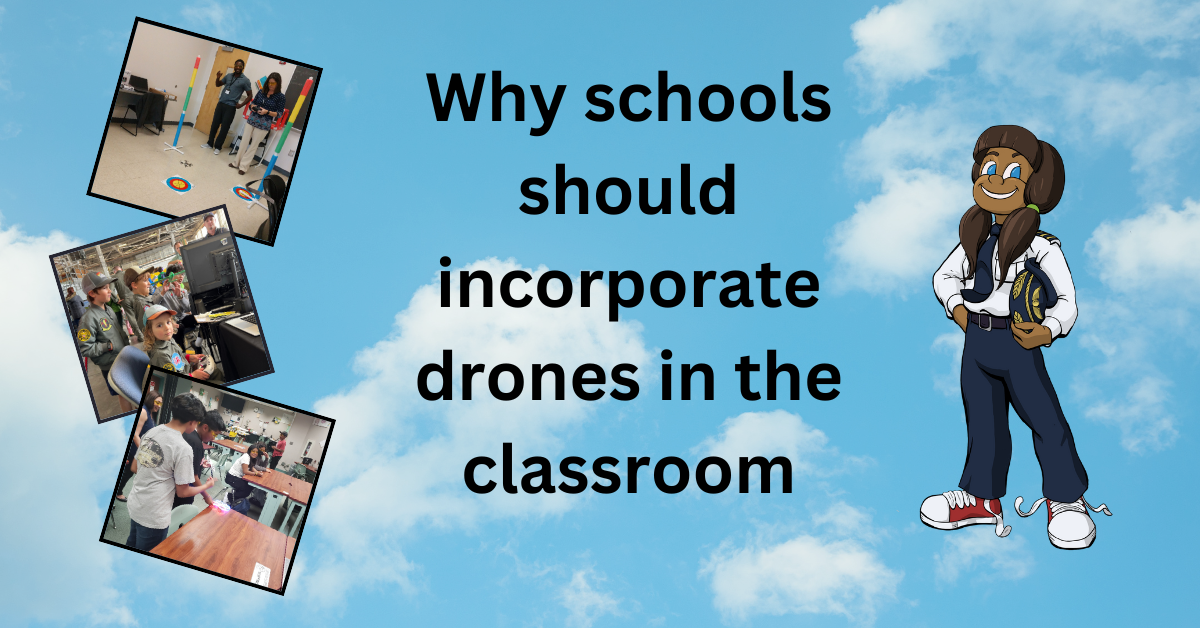
10 Nov The benefits of having drones in the classroom
Using drones in the classroom offers various benefits that can significantly enhance the educational experience for students. Here are the key advantages of incorporating drones into educational settings:
-
Hands-on Learning: Drones facilitate interactive and hands-on learning experiences, enabling students to practically apply the theoretical knowledge gained in the classroom. This approach fosters a deeper understanding and retention of concepts.
-
Understanding of Physics: Drones provide a practical demonstration of the laws of physics, such as Newton’s laws of motion. Students can grasp complex physical concepts by observing how drones respond to different external forces and control inputs.
-
Real-world Applications: Familiarizing students with the diverse applications of drones in various industries, such as emergency services, filmmaking, and military operations, can inspire them to explore potential career paths in these fields.
-
Coding Skills Development: Introducing coding through drone programming allows students to delve into a practical application of coding principles. By engaging with drone programming, students can develop an understanding of coding concepts in a more accessible and engaging manner.
-
Skill Diversification: Drones can serve as a medium to encourage the development of a range of skills, including problem-solving, teamwork, creativity, and engineering. Students can gain valuable experience in trial and error, critical thinking, and collaboration, contributing to their holistic skill development.
It’s important for schools to consider safety measures and assess whether their facilities are suitable for drone operation. Researching appropriate guidelines and regulations is crucial before incorporating drones into the curriculum.
Have questions or concerns, contact the STEMPilot team at 203-527-5747 (8 am- 4pm est) or visit, www.stempilot.com.

